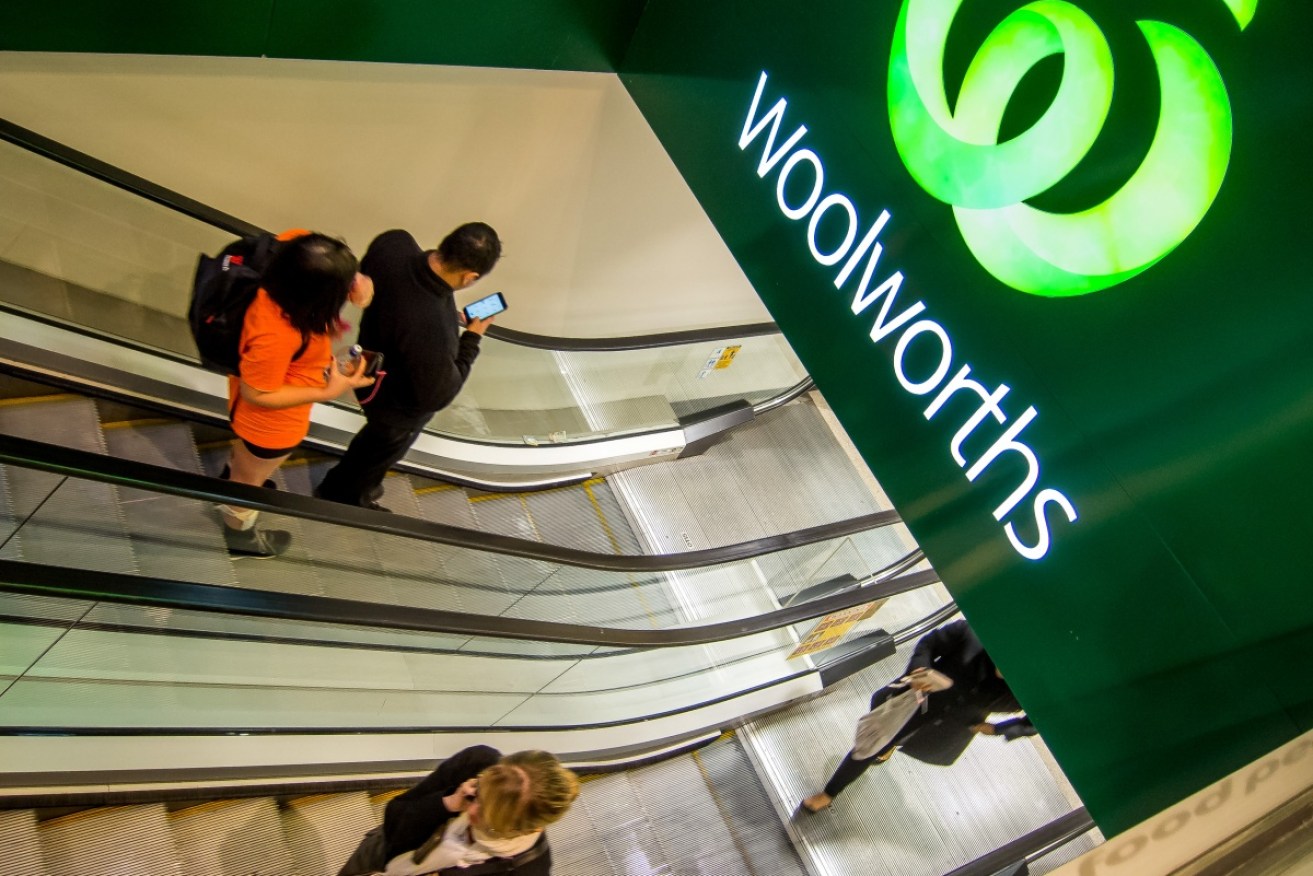Woolworths new price strategy is ‘psychological conditioning’

Don't get sucked in. Photo: Getty
A new ’round numbers’ pricing strategy which Woolworths says will help its customers is actually little more than a psychological ploy, according to a retail expert.
The grocery giant announced on Thursday it is moving the prices of more than 20,000 products to round dollars and no cents.
Woolworths director of buying and merchandise Steve Donohue told Fairfax Media the move would increase “simplicity” by making it easier for customers to compare prices and perform mental arithmetic.
However, Dr Gary Mortimer, a retail expert the University of Queensland, said the real intention is to convince shoppers they are paying less.
“It certainly makes it easier for shoppers to identify prices, but more importantly it creates references prices,” Dr Mortimer told The New Daily.
For decades, the theory was that adding the infamous .99 cents to a price went unnoticed by consumers, he said.
“I remember going back to the 1980s, we did a lot of 99s, 98s and 95 cents, thinking the customers wouldn’t understand. And they didn’t. They looked at the left digit and thought $4.99 was $4.”
But there’s a new game in town, the “Kmart model”, which has conditioned customers to think that neat, whole numbers “must have been marked down at some point” because the cents have been removed, Dr Mortimer said.
“We’ve conditioned shoppers to think if it’s $50, $100, $200 it’s marked down for discount. The everyday low price philosophy that Kmart has run, it tells the customer psychologically that this great value.
“Having the zeroes at the far right side indicates a special discount. And Coles has followed the same game as well across their business.
“That message will resonate quite well with shoppers because they’re quite used to the Kmart model.”
Dr Mortimer’s mention of “references prices” harks back to the classic psychological theory of ‘Anchoring‘, which says you can convince a shopper they are getting a good deal by first showing them a higher price (the ‘reference point’) and then offering a lower price.
In this example, Woolworths is pointing to the reference point of .99 cents and then declaring it will only charge .00 — so it must be better value.








